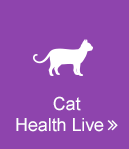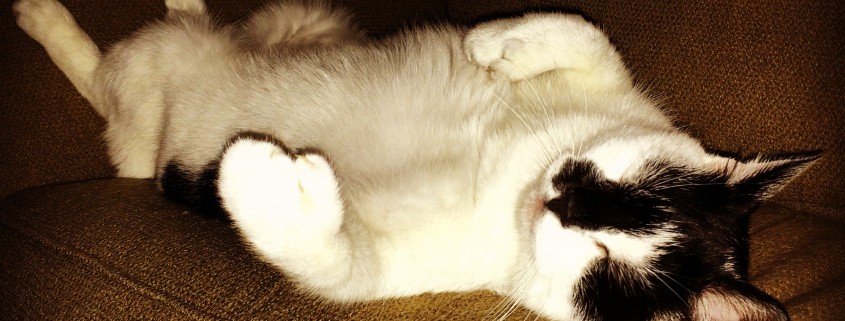Obesity in Cats
Most cats are not terribly concerned about their body image or how they’ll look in a bathing suit, but obesity comes with a plethora of health risks that are far more important. Overweight cats are becoming more and more common due to inactive lifestyles and unhealthy diets. Excessive body fat puts a lot of stress on the cat’s internal organs and joints which can lead to hepatic lipidosis, insulin-resistant diabetes, and arthritis.
Increasing your cat’s exercise can help them get into better shape. Make time to play with your cats because activating their play drive and getting them to chase toys is great exercise. Diets that are made up primarily of wet food will help reduce your cat’s intake of carbs and cheap fillers like corn that are full of calories and do not provide much nutritional benefit.
Obviously the most direct way to help your cat lose weight is to reduce their food intake. Cutting their calorie consumption will help them burn fat. Be careful not to cut their food too drastically, because if cats lose weight too quickly they can experience a condition called hepatic lipidosis. Sudden weight loss causes fat to accumulate in the liver making the liver enlarged and greasy which inhibits liver function. Reducing the cat’s diet to a consistent 60 – 70 Kcal/kg/day, and reduced to 60-70% over a 2 to 4 month period will help them lose weight. Increased dietary fiber is good because it will help your cat feel full without adding calories.
Studies
Acute hormonal response to glucose, lipids and arginine infusion in overweight cats.
Seasonal variation in the voluntary food intake of domesticated cats (felis catus).


